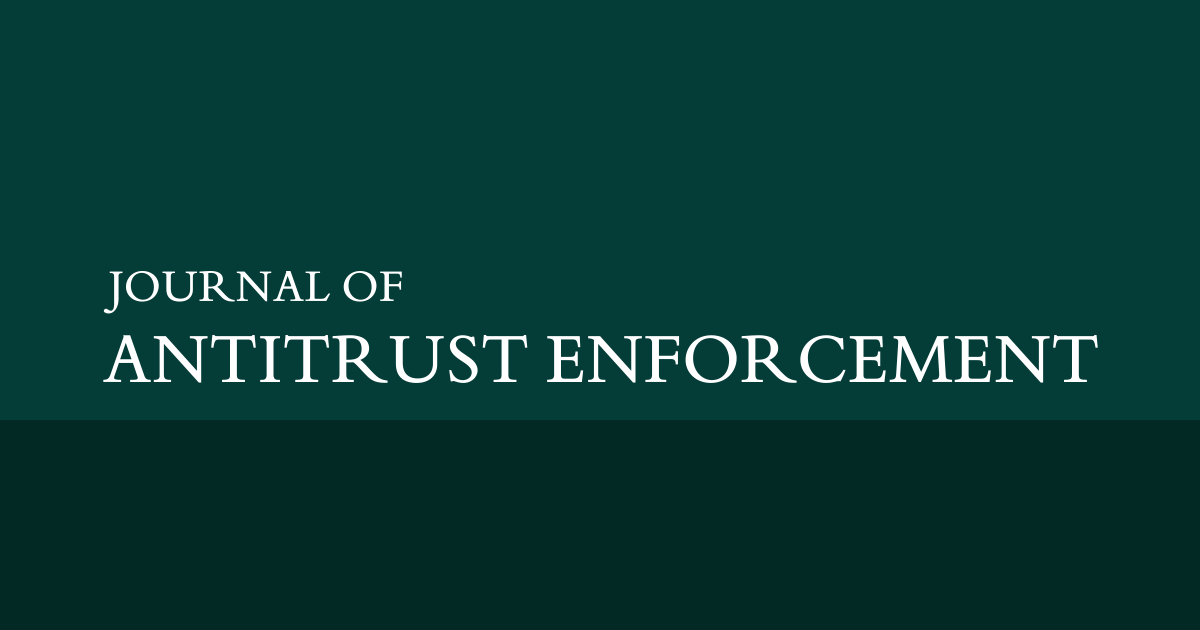When the P2B Regulation1 became applicable on 12 July 2020, it was the first horizontal framework for the platform economy in the European Union (EU). However, the new Regulation was not met with great fanfare. Some commentators dismissed the P2B Regulation as lacking ambition and criticized that one could actually see that it had been put together rather quickly.2 The wider public hardly took any notice of the arrival of the P2B Regulation. Maybe it was just bad timing. Amid a global pandemic, digital platforms were seen as a solution rather than a problem as much of our lives went online. Since then, public opinion on tech enterprises has evolved and the EU has enacted with the Digital Markets Act (DMA) and Digital Services Act (DSA) one of the world’s most ambitious regulatory frameworks for the platform economy.
However, while the DMA has been heralded as the most sweeping legislation to regulate tech since the General Data Protection Regulation (GDPR),3 the P2B Regulation continues to struggle with visibility. The European Commission’s first preliminary review of the Regulation in September 2023 highlighted that ‘awareness among business users and online intermediation services is insufficient’.4 To some extent, this could be attributed to the overshadowing presence of the DMA and DSA. When the Commission published their proposals for the DMA and DSA in December 2020—less than 6 months after the P2B Regulation had become applicable—all political (and most scholarly) attention focused on the twin Regulations. From this perspective, the P2B Regulation could be seen as an ephemeral and insignificant precursor to the DMA and DSA, which became obsolete when the latter two regulations came into force.


